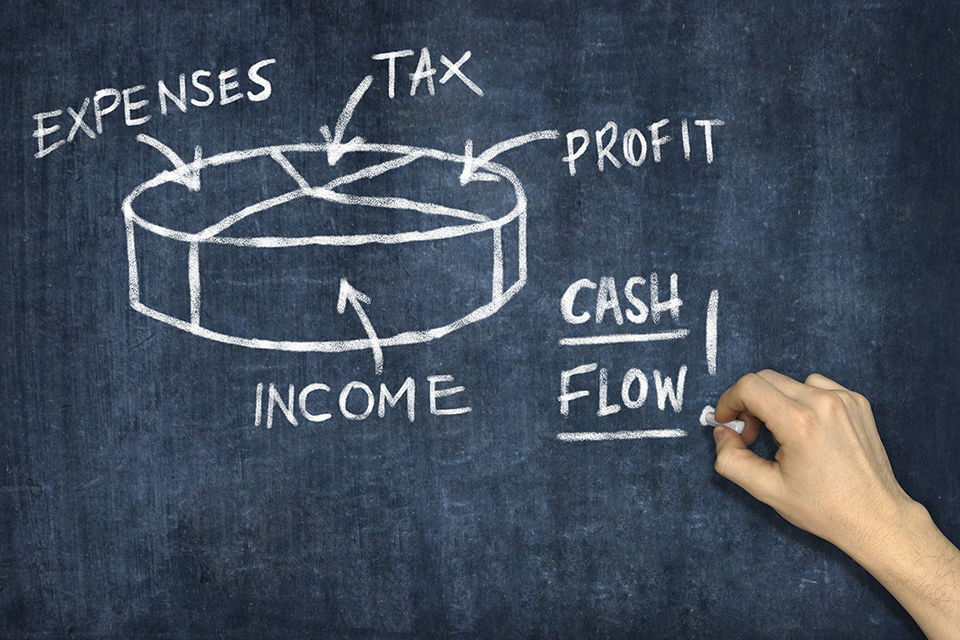
Having a financial plan is telling your money where to go rather than wondering where it went. The idea of creating a budget or creating a financial plan can often feel daunting and time consuming. This doesn’t have to be the case! Below is a general guideline of how to allocate your cash flow. If you need help getting this organized, please reach out for a consultation and one of our advisors would be happy to help.
- Emergency Fund (3-6 months of living expenses)
- At a bare minimum we encourage individuals to have roughly $1,000 in either a checking, savings, or money-market account to cover an emergency, but best practice is to carry 3-6 months of living expenses. This means if you spend $3k/month you would need somewhere between $9,000 – $18,000 in your emergency fund. Having this in place can reduce anxiety throughout your life and helps prevent the use of high interest debt.
- Some individuals, however, hoard too much cash. If you have over a year’s worth of cash, you are likely prohibiting your long-term wealth building due to inflation. Consider using that cash for steps 2-8.
- Contribute to an HSA (Health Savings Account) if eligible for company match
- Some employers match employee contributions. We recommend saving at least the amount that the company matches.
- Contribute to a 401k (or other employer-sponsored retirement account) if eligible for company match
- Some employers match employee contributions. We recommend saving at least the amount that the company matches.
- Pay down high interest loans
- We consider interest high if it is 6% or greater. If you currently carry a loan that has an interest rate of 6% or more, we encourage you to pay that down as quickly as possible.
- Additional HSA contributions
- A Health Savings Account is the most efficient savings vehicle if your provider allows you to invest the money in the account. The contributions are tax deductible, and the earnings are tax free if used for qualified medical expenses. If you are one of the fortunate people who don’t need to use this account for medical expenses throughout your working life, then you can use the HSA monies for other expenses with no penalty once you reach age 65. The distributions would be considered taxable income at that time (like a traditional IRA or 401k).
- Additional retirement account contributions (i.e. 401k, IRA, etc.)
- The general rule of thumb is to save 10% every paycheck over your lifetime. If you feel like you are behind, then trying to save 15% or more is recommended. The amount you save is going to be the biggest driver to you reaching your retirement goals! If you have investment related questions or need help deciding between pre-tax and Roth contributions, please reach out to us or check out our previous blog post.
- Additional savings in a taxable account
- Once you are contributing an adequate amount into your retirement account(s), using any extra dollars in a taxable account is generally recommended. Instead of letting money build up in your checking or savings account, you can invest it in stocks, bonds, mutual funds, etc. in a taxable account.
- For those with children, contribute to a 529 plan for future college expenses
- We recommend prioritizing retirement before you save for your children’s college simply because you can always borrow for college, but you can’t borrow for retirement. A 529 plan may be tax deductible depending on where you live, and the earnings are tax free if used for qualified education expenses.
Source: J.P. Morgan Guide to Retirement, page 45.
 | Max Rosenthal Wealth Manager CFP® |






